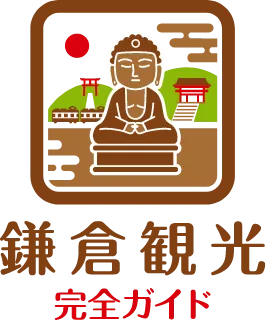About the Kamakura Period
The Kamakura period began at the end of the 12th century with the establishment of Japan's first warrior government, the Kamakura shogunate, by Minamoto no Yoritomo. During this period, Kamakura came to occupy a very important position in Japanese history.
Originally, the term "shogunate" referred to a temporary command post used by warlords on the battlefield, but from the time of Yoritomo, it came to mean a governmental organization for the samurai to seize power. During the Kamakura period, politics was dominated by the samurai, who ruled Japan for about 150 years. This period was an important time when the political status of the samurai was established, and the samurai era blossomed around Kamakura.
-
End of the 12th century (early Kamakura period)
Minamoto no Yoritomo's raising of an army and the establishment of the Kamakura Shogunate
Minamoto no Yoritomo rebelled against the Heike clan, a group of samurai that held power as the protector of the aristocratic society at the time. With this victory, he established Japan's first samurai-led government organization, the Kamakura Shogunate, and marked a major turning point in shifting the center of politics from the aristocracy to the samurai.
-
Early 13th century (early Kamakura period)
Genji Shogun (Genji Shogun)
After Minamoto no Yoritomo's death, the second shogun of the Minamoto family was Minamoto no Yoriie, and the third shogun was Minamoto no Sanetomo. Yoriie was Yoritomo's eldest son and had limited political ability, leading a reign in which he depended on senior vassals while solidifying the foundations of the shogunate. Sanetomo was Yoriie's son who became a shogun at an early age and showed great talent for waka poetry, but his life came to a tragic end in 1221 when he was assassinated at Tsurugaoka Hachimangu Shrine. Sanetomo's death ended the succession of shogunate from the Minamoto family.
-
Mid-13th century (mid-Kamakura period)
Regent government by the Hojo family
After the third shogun Minamoto no Sanetomo was assassinated, there was no direct successor, and the Hojo family, the family of Minamoto no Yoritomo's wife Masako Hojo, took control of the shogunate and exercised substantial power. After this period, the position of shogun became nominal, and actual control passed to the Hojo family.
-
Late 13th century to early 14th century
(Late to late Kamakura period)original invasion
In the latter half of the 13th century, Japan twice faced the Yuan invasion (Mongol invasion) of the Chinese dynasty. This happened under the regent government of the Hojo family, and was a time when the military power of the Kamakura shogunate was tested.
Emperor Gengo-Daigo's movement to overthrow the shogunate and the fall of Kamakura
In the early 14th century, a movement to overthrow the shogunate was launched, led by Emperor Go-Daigo. In 1333, the Kamakura Shogunate collapsed and the Kamakura period came to an end.
